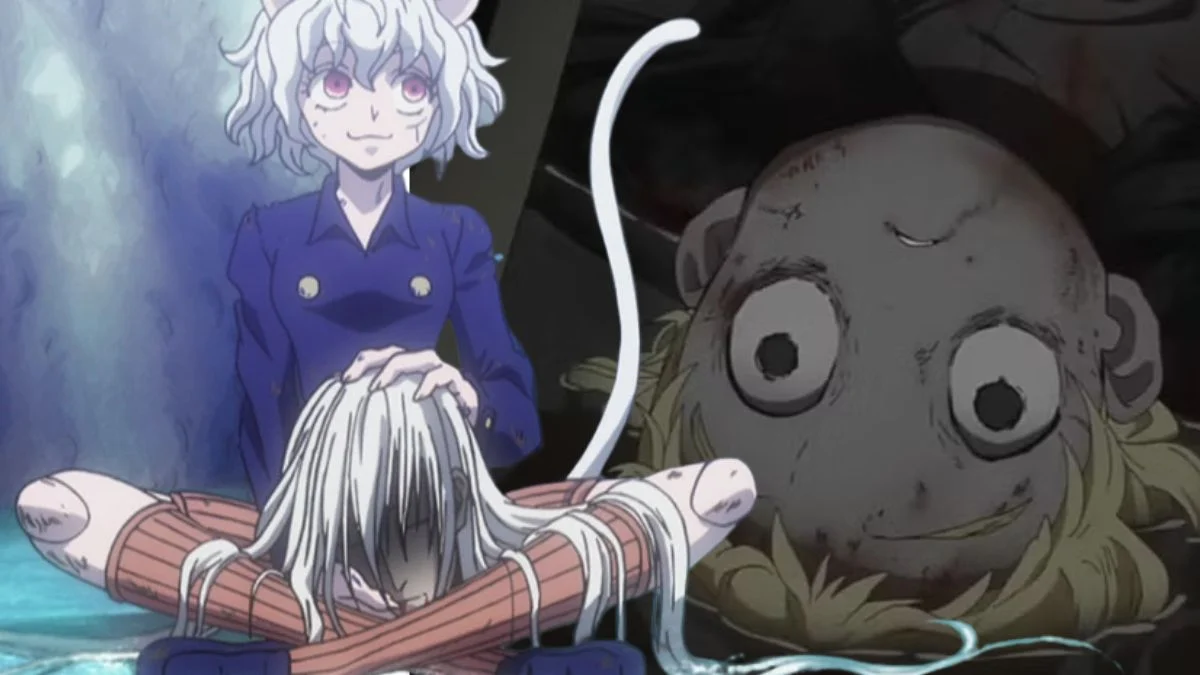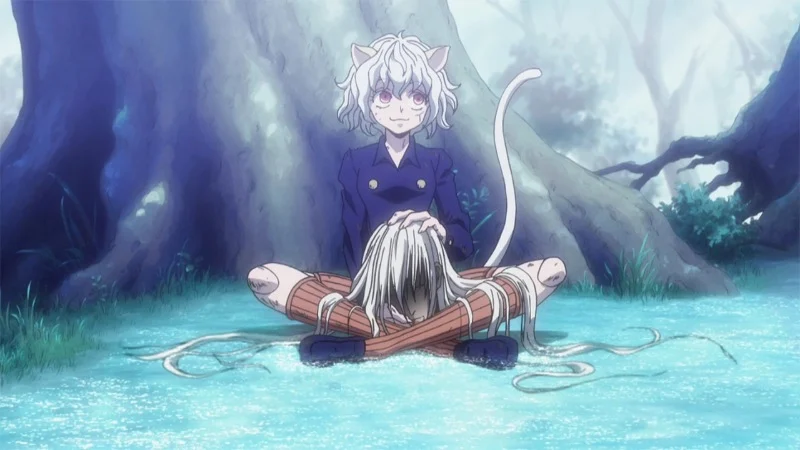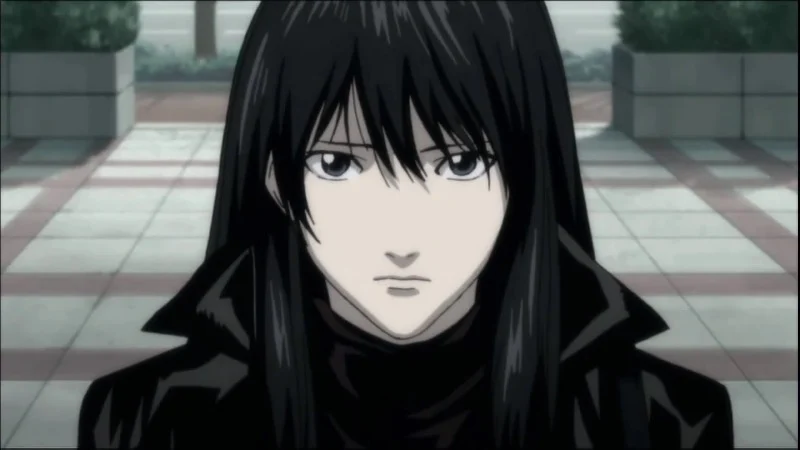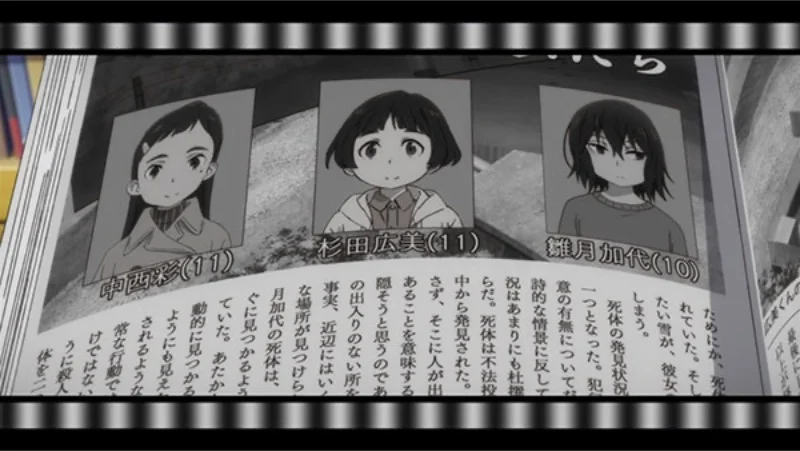
The most impactful losses in anime often aren’t directly shown on screen. Instead, they’re revealed through things like letters, memories, or the consequences that follow. These unseen deaths drive the story, change the characters, and leave the audience to understand what happened through subtle hints. Here are fifteen examples of deaths that aren’t shown, but deeply affect everything that comes after.
Kite in ‘Hunter x Hunter’

We find out what happened to Kite after the Chimera Ants capture him, but the series doesn’t actually *show* his final moments. Instead, we see the aftermath of his capture when he returns as a horrifying puppet, and Gon pieces together the truth by talking to others and understanding what Neferpitou did. The 2011 anime adaptation by Madhouse deliberately avoids showing the event itself, letting viewers understand what happened through later scenes.
Midnight in ‘My Hero Academia’

During the battle against the Paranormal Liberation Front, Midnight became separated from her allies and was later found deceased by her students. The series doesn’t directly show how she died, but it’s clear from reports and the reactions of others that she was killed while trying to protect people. The story reveals her death through the somber responses of those who discovered her and official announcements, rather than by showing the event itself.
Naomi Misora in ‘Death Note’

Light lures Naomi into an alley, but the scene cuts away before anything happens, leaving her fate uncertain. We later learn of her disappearance through police reports and L’s investigation. The creators deliberately avoid showing her death, instead focusing on the aftermath – the police work, and the unsettling quiet that follows.
Ymir in ‘Attack on Titan’

As a huge fan of impactful storytelling, I always thought the way they handled Ymir’s ending in the anime was brilliant. We don’t actually *see* her final moments – instead, she leaves a letter explaining her decision, the one that ultimately led to her fate. It’s such a clever approach; Wit Studio doesn’t show us the event itself, but lets us understand it through the letter and how characters react to it. It’s a really powerful way to convey loss, relying on emotion and implication rather than a graphic depiction.
Marco Bodt in ‘Attack on Titan’

Marco’s body is found after the Battle of Trost, but the details of his death remain a mystery at first. It’s only through flashbacks and accounts from other characters that the truth comes out: he was betrayed and had his 3D maneuver gear disabled, leading to his death. The animation studio, Wit Studio, intentionally delayed showing the actual event to allow the reveal to change how viewers understood previous scenes.
The original-timeline victims in ‘Erased’

The story follows Satoru’s attempts to alter events where several children are murdered. Instead of showing these deaths, the series reveals what happened through files, news reports, and Satoru’s recollections. The animation studio, A-1 Pictures, chose to focus on preventing the crimes, keeping the actual killings unseen and documented as part of the past.
The Kamado family in ‘Demon Slayer: Kimetsu no Yaiba’

When Tanjiro returns home, he discovers his family has been brutally murdered, and his sister Nezuko is barely clinging to life. The anime doesn’t show the actual attack, instead focusing on what happened afterward and the investigation that follows. Ufotable chose to portray the consequences of the tragedy and how it was discovered, rather than the violent event itself.
Trisha Elric in ‘Fullmetal Alchemist: Brotherhood’

Before the story begins, Edward and Alphonse’s mother tragically passes away, but her death isn’t shown directly. Instead, the series reveals her loss through photos, visits to her grave, and the boys’ unsuccessful attempt to bring her back using alchemy. The story focuses on the memories and lasting effects of her death rather than the event itself.
Kuina in ‘One Piece’

Zoro learns of the death of his childhood rival in a dojo accident, but the anime doesn’t show the event itself. Instead, the story focuses on her funeral and Zoro’s emotional response. Toei Animation presents the death as a confirmed event, revealed through conversations with those who knew her and are grieving.
Conny in ‘The Promised Neverland’

Emma and Norman find Conny’s body near the gate; she died just moments before, though the actual event isn’t shown. Details like a tag on her delivery and the surrounding scene clearly explain what happened. The animation studio, CloverWorks, allows the mystery of the orphanage’s secrets to unfold through these discoveries, without excessive explanation.
Marowak in ‘Pokémon’

The Lavender Town story centers around a ghost in the tower, revealed to be a Marowak who was killed by poachers. The anime series establishes Team Rocket’s involvement, though the actual poaching isn’t depicted. The story concludes when the ghost’s identity is discovered, allowing it to find peace and move on.
Kyoko Honda in ‘Fruits Basket’

Before the story begins, Tohru’s mother tragically died in a car accident. The series reveals this through flashbacks and meaningful objects, with characters sharing memories and police reports. The animation studio, TMS Entertainment, deliberately avoids showing the accident itself, instead highlighting the lasting impact of Tohru’s mother’s guidance, particularly through the advice she gave to Kyoko.
Menma in ‘Anohana: The Flower We Saw That Day’

A friend of the group died years before the story begins, but the accident isn’t shown on screen. Instead, the details are revealed through what people remember and the shared guilt they carry, as well as the location where it happened. The animation studio, A-1 Pictures, creates the mystery by focusing on conversations and flashbacks, rather than directly showing the event itself.
Inspector Sasayama in ‘Psycho-Pass’

Kougami’s drive to solve the current case stems from the death of his previous partner, which occurred in a related, older investigation. However, the show reveals details of this event only through documents and memories, keeping the actual moment off-screen. Production I.G deliberately presents this crucial event through official records and flashbacks rather than directly showing it.
Seita and Setsuko’s Mother in ‘Grave of the Fireflies’

At the beginning of the movie, the siblings’ mother is seriously hurt in an air raid and passes away at a clinic, but her death isn’t shown on screen. Instead of witnessing her final moments, the children are told what happened, and the film focuses on how they react to the loss. The filmmakers at Studio Ghibli use scenes in the hospital and later confirmations of her death to convey the sadness without actually showing it.
Tell us about any shocking or impactful anime deaths that we might have missed, and let us know in the comments which ones we should include!
Read More
- Bitcoin’s Ballet: Will the Bull Pirouette or Stumble? 💃🐂
- Can the Stock Market Defy Logic and Achieve a Third Consecutive 20% Gain?
- Dogecoin’s Big Yawn: Musk’s X Money Launch Leaves Market Unimpressed 🐕💸
- Deepfake Drama Alert: Crypto’s New Nemesis Is Your AI Twin! 🧠💸
- LINK’s Tumble: A Tale of Woe, Wraiths, and Wrapped Assets 🌉💸
- SentinelOne’s Sisyphean Siege: A Study in Cybersecurity Hubris
- XRP’s Soul in Turmoil: A Frolic Through Doom & Gloom 😏📉
- Binance’s $5M Bounty: Snitch or Be Scammed! 😈💰
- Ethereum’s $140M Buy: Will It Save Us? 😱
- ADA: 20% Drop or 50% Rally? 🚀💸 #CryptoCrisisComedy
2025-10-16 20:36